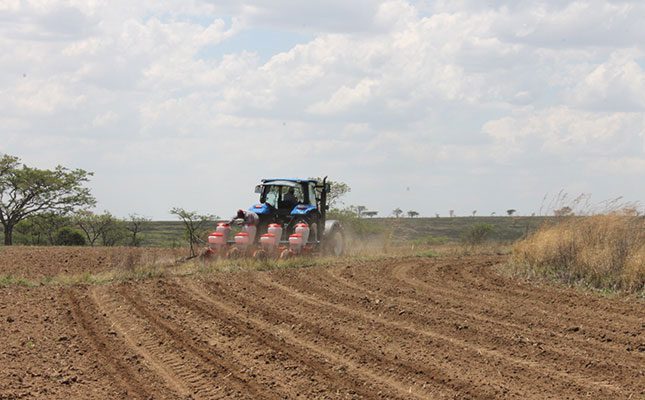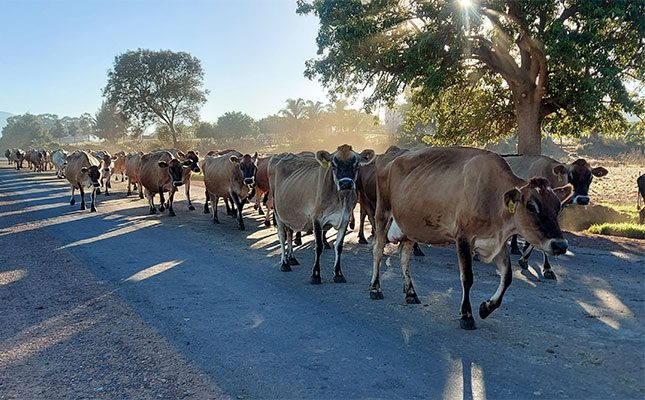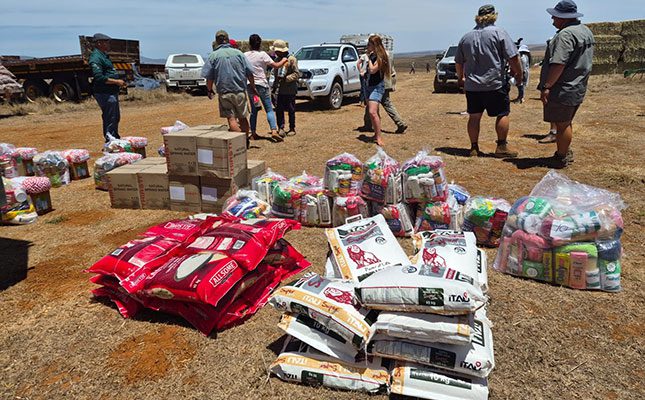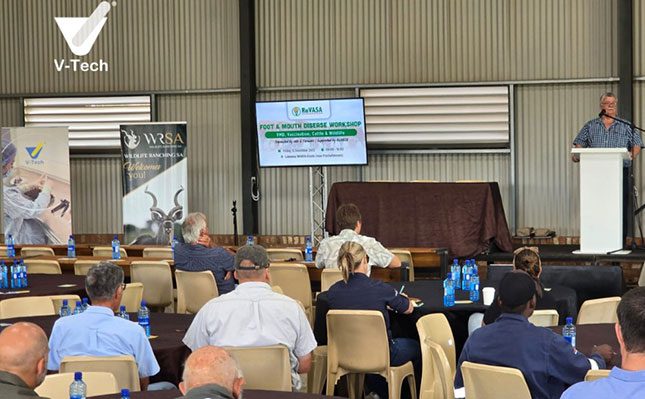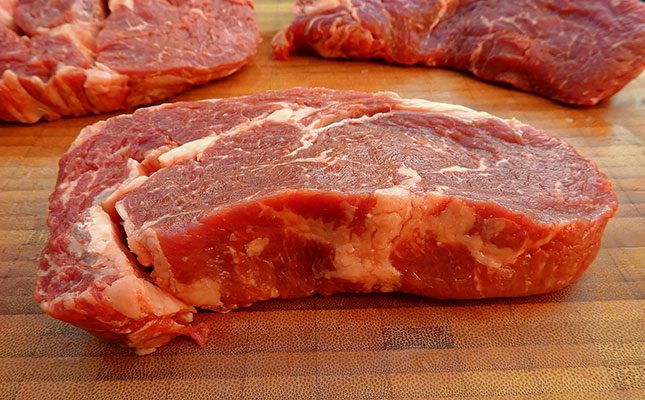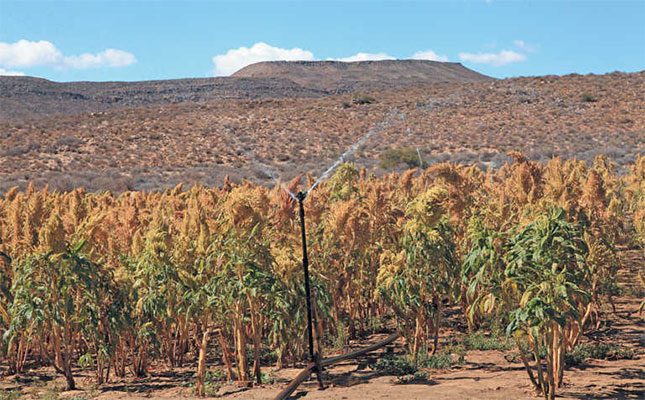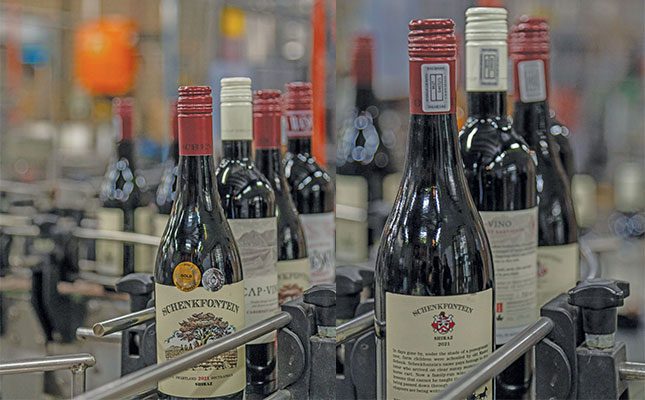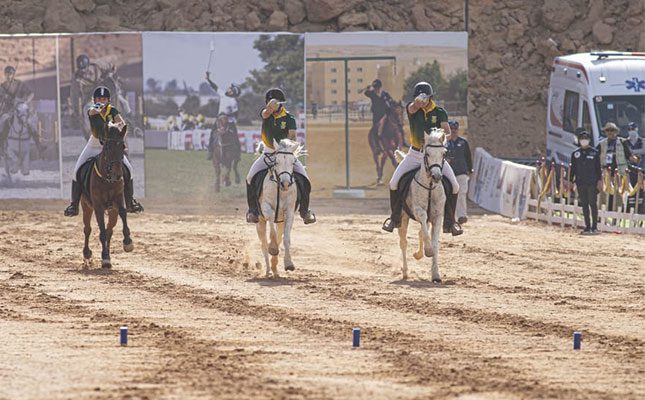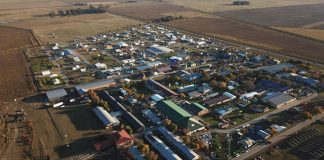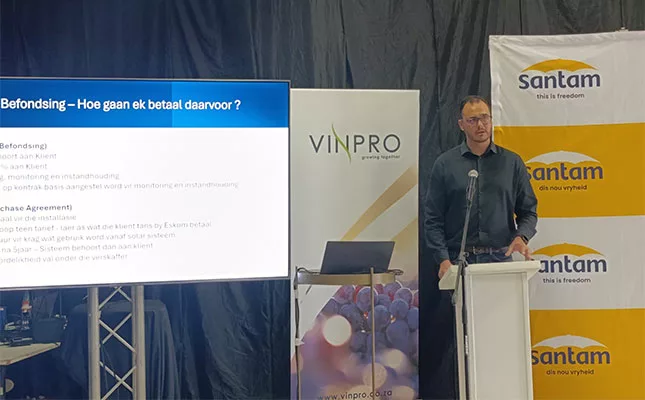
Photo: Glenneis Kriel
Many farmers are turning to solar energy to reduce the risks of load-shedding, cut costs, and lower their carbon footprint. But Germishuys warned that the first step should be to scrutinise electricity consumption and billing.
“Electricity costs can often be reduced even before going solar,” he said.
This year’s tariff changes caused unexpected increases for many farmers because they were not a flat 12,74% hike. Germishuys said that some of their farmer clients ended up paying almost double more for their electricity.
In one case in the Breede River Valley, for instance, the cellar costs and costs of two pumps, all on Ruraflex, increased by between 22% and 25%. The cost attached to another pump on Landrate 3, however, only rose by 8,33%, and for a pump on Landrate 2 by just 4,96%.
Billing mistakes are another hidden cost. “We’ve encountered a farmer paying for 1 000kVA for 15 years when he only had access to 500kVA, and another case where a single incorrect meter reading number increased billing by R300 000,” Germishuys said.
Since farmers in general are too busy to carefully monitor these bills, they are often unaware of these discrepancies, and when they do see big spikes, they try to justify it on certain events, for instance a hotter season resulting in increased pumping of water for irritation. These errors, however, can quietly drain profits.
When it comes to installing solar power, Germishuys warned that sellers often overwhelm farmers with technical jargon. International Utility Brokers helps farmers evaluate their actual needs, compare quotes in “rands and cents”, and negotiate better deals. “We’ve seen quotes range from R25 million to over R50 million for the same jobs,” he said.
Deciding whether to rent or buy a solar system is key. Renting reduces upfront costs and shifts monitoring and maintenance responsibilities to the provider, but contracts can contain hidden risks. “One cellar contracted for 20 000kWh units a month but used only 15 000kWh units for five months of the year and had to pay the difference,” Germishuys explained.
Buying, on the other hand, offers more control but also more responsibility. Farmers must ensure the system runs smoothly, even while they are away, or risk paying double electricity costs. Outsourcing system monitoring is an option for those wary of the added workload.
Finally, Germishuys reminded farmers that tax incentives were available. “Last year there was a 125% rebate on solar investments; it’s now 100%, but it’s still a valuable saving,” he said.
For more information, email [email protected].

